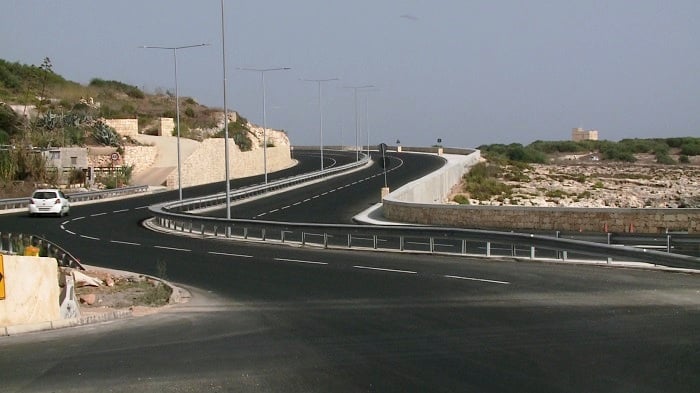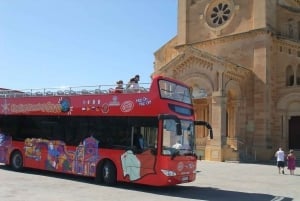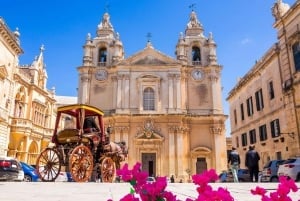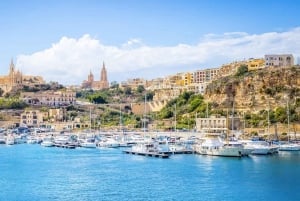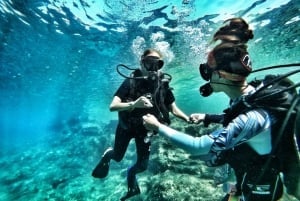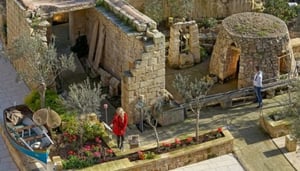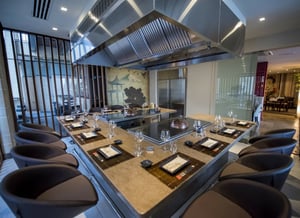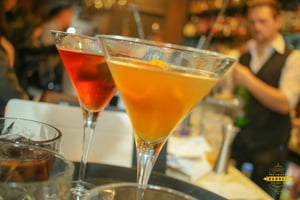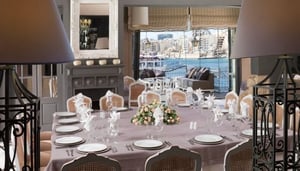Driving in Malta
A lot has been said about driving in Malta and the state of the Maltese roads. While some of it borrows itself from reality, most of it is an exaggeration of past tourist tales. The truth is that since there are no major motorways in Malta, most of the driving is similar to many other European city centres – organised chaos. Roads are not as good as they should be but nor are they the off-roading experience some make them out to be. A more recent concentrated effort to improve road safety awareness (including a number of speed cameras) and road infrastructure have helped to make driving in Malta a rather more pleasurable experience. Just don’t expect drivers to respect the inner and outer lanes!
More real concerns are the traffic congestion that can build up in certain areas of Malta during rush-hour times - around Valletta on weekdays and around the Northern localities on weekends. Parking is also very difficult in certain localities especially in Valletta, Sliema and St. Julian’s. There are, however, designated car parks around these localities and it is advisable to use them. All upmarket hotels have their own parking facilities. Most tourist attractions including beaches have a car park with an official parking attendant present. These are usually tipped circa €0.60 upon your departure.
Being an ex-British colony, the Maltese drive on the left. Speed limits are 50km/h in urban areas and 80km/h on the short stretches of open road available. Seat belts are compulsory for all passengers. National and international driving licences are accepted. The minimum age of renting a car is 21 even though an extra supplement is usually applicable for drivers up to 25 years of age.
It is also very advisable to have a good road map since the road network of the islands is a maze and the lack of a major motorway means that it is usually possible to get to your destination in more ways than one. For this reason, road signs or directions by locals can be rather confusing.


